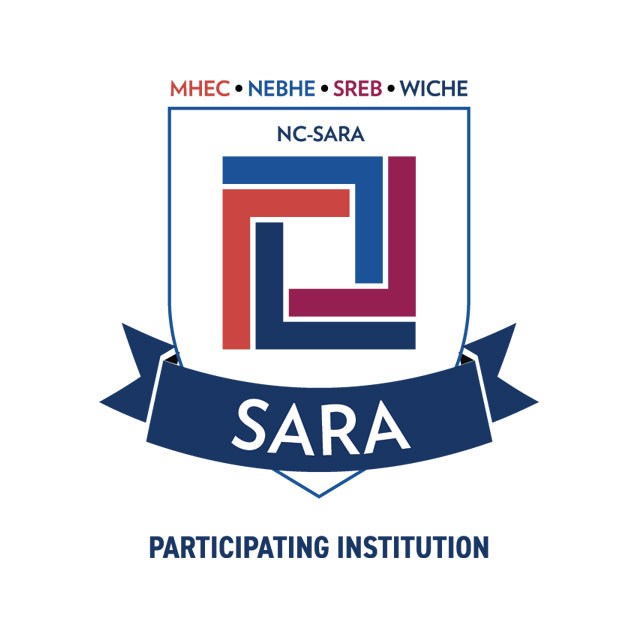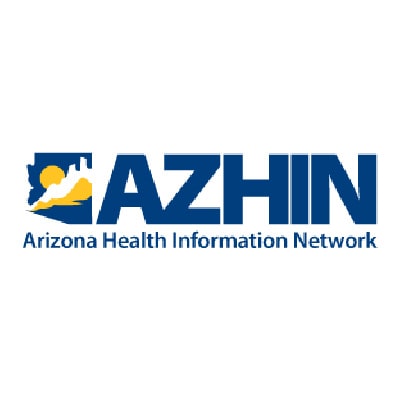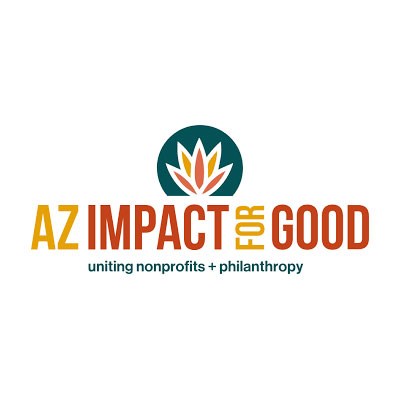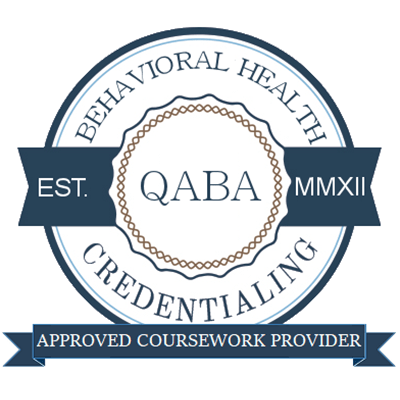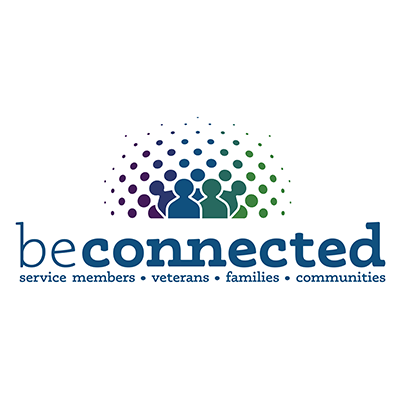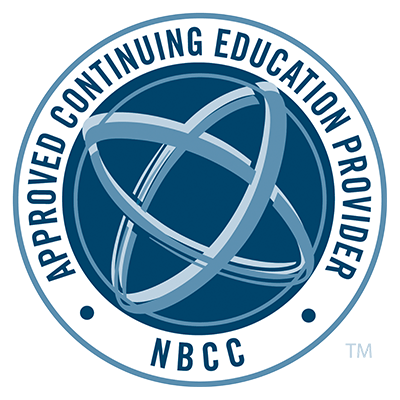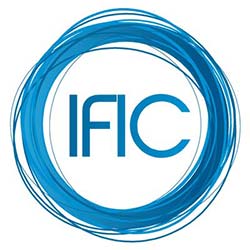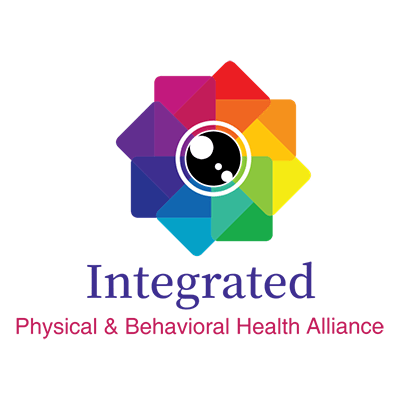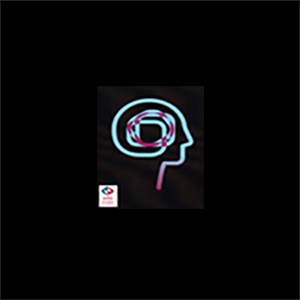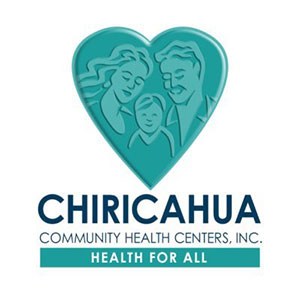DBH Student Work Spotlight: Neuropathophysiology for Behavioral Health Providers
Introduction by Janet L. Cummings, Psy.D., Co-Founder and Chairman of the Board Cummings Graduate Institute for Behavioral Health Studies
April 15, 2021
During the 2021 Spring I semester, I had the privilege of teaching Neuropathophysiology to a group of very bright, talented, and motivated CGI students (Doctor of Behavioral Health candidates). The students each created a “clinical pathway” for their final course projects. Each of the clinical pathways addresses a neurological condition along with another co-morbidity. I was very pleased with the wide range of neurological conditions and co-morbidities that the students selected.
Furthermore, I was overwhelmingly impressed with the quality of the work that this group of students produced, so much so that I wanted to see at least some of the student projects published. I learned a lot reading these clinical pathways, and I hope you will, as well.
 Treatment for Autism and Obsessive-Compulsive Disorder: Clinical Pathway
Treatment for Autism and Obsessive-Compulsive Disorder: Clinical Pathway
By: Tabitha Collins
 Trauma, Pregnancy, and the Brain: A Clinical Pathway Proposal
Trauma, Pregnancy, and the Brain: A Clinical Pathway Proposal
By: Leslie A. Earl
 Final Clinical Pathways Proposal
Final Clinical Pathways Proposal
By: Ellen Fink-Samnick
 Anxiety in Individuals with Autism Spectrum Disorder: Clinical Pathways
Anxiety in Individuals with Autism Spectrum Disorder: Clinical Pathways
By: Patrycja Motylewicz
 Executive Functioning Skills Training to Improve Neurological Symptoms of ADHD
Executive Functioning Skills Training to Improve Neurological Symptoms of ADHD
By: Erin Enwright
 Pregnancy and the Brain: A Clinical Pathway
Pregnancy and the Brain: A Clinical Pathway
By: Amy McConnell
 Addressing Pica in Individuals with Autism: A Clinical Pathway
Addressing Pica in Individuals with Autism: A Clinical Pathway
By: Vivian P. Marana-Manchess
 Attention Deficit Hyperactivity Disorder and Microbiome: Clinical Pathway Proposal
Attention Deficit Hyperactivity Disorder and Microbiome: Clinical Pathway Proposal
By: Rebecca K. Wright
 COVID-19 and Mental Health: Communication and Collaboration
COVID-19 and Mental Health: Communication and Collaboration
By: Diane E. Scott
 Autism Spectrum Disorder and Epilepsy: Clinical Pathway
Autism Spectrum Disorder and Epilepsy: Clinical Pathway
By: Pauline T. Pablo
 Clinical Pathway Proposal: Identifying Tardive Dyskinesia in a Primary Care Setting
Clinical Pathway Proposal: Identifying Tardive Dyskinesia in a Primary Care Setting
By: Jeanmarie Roberts





